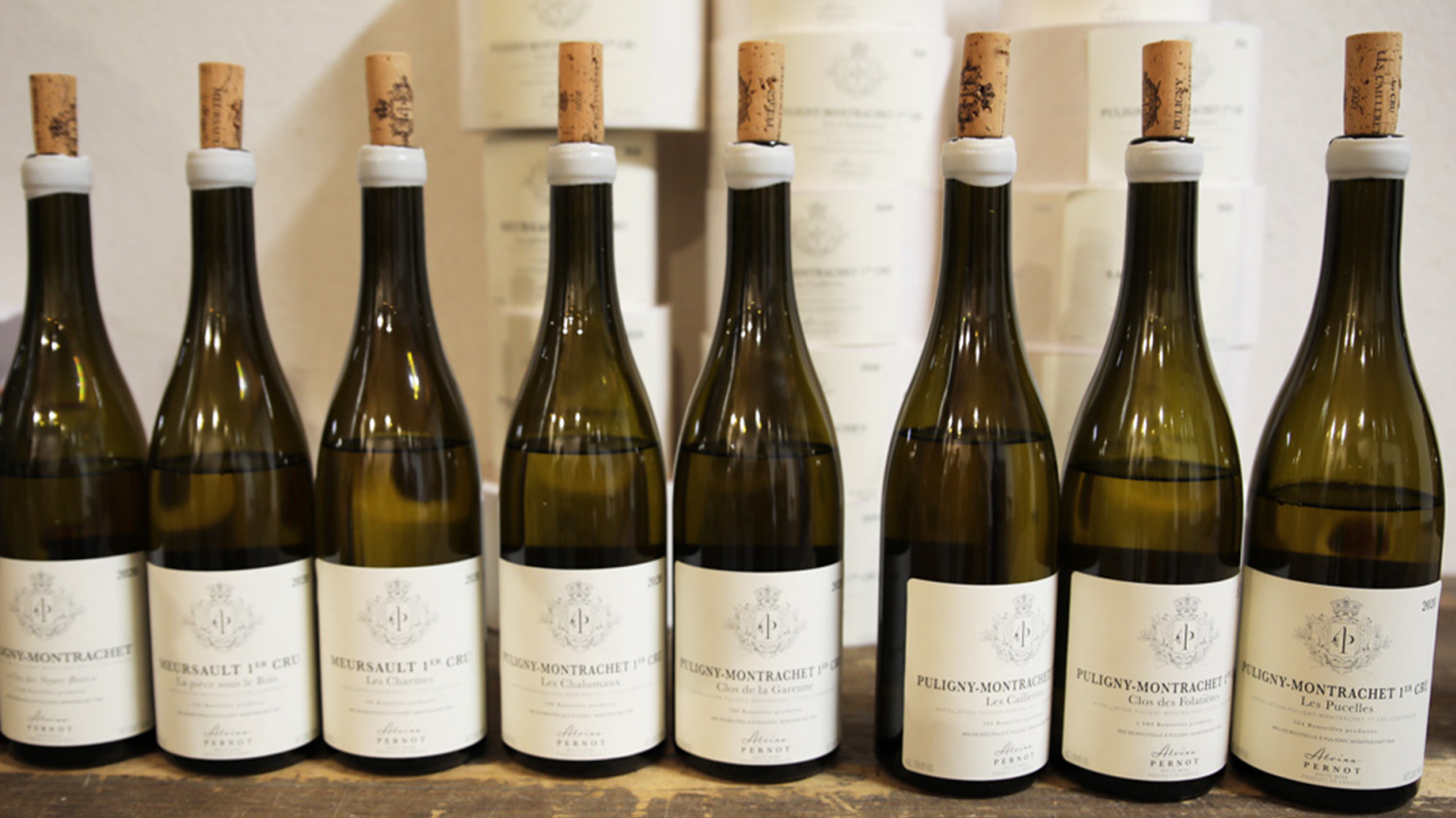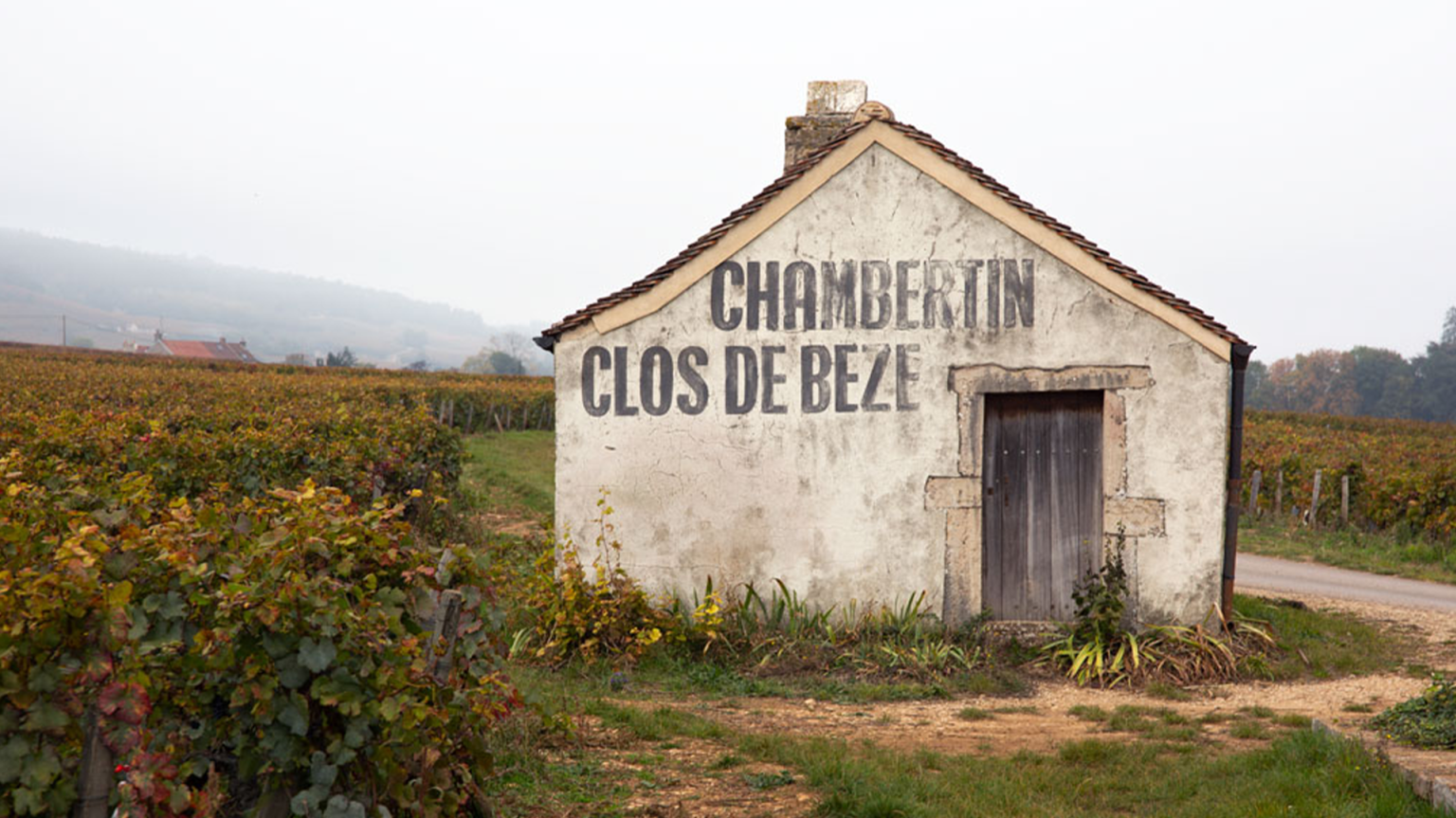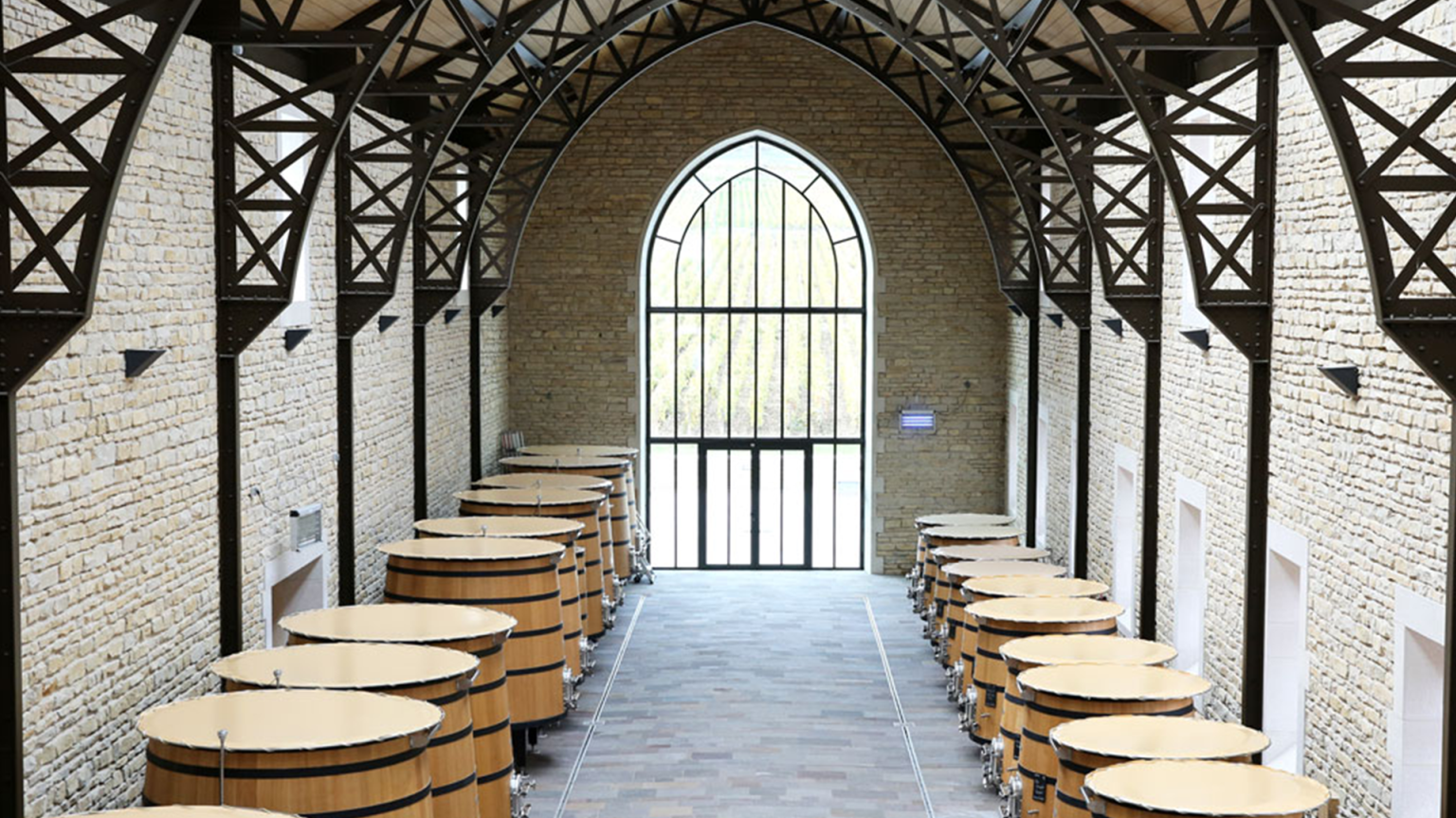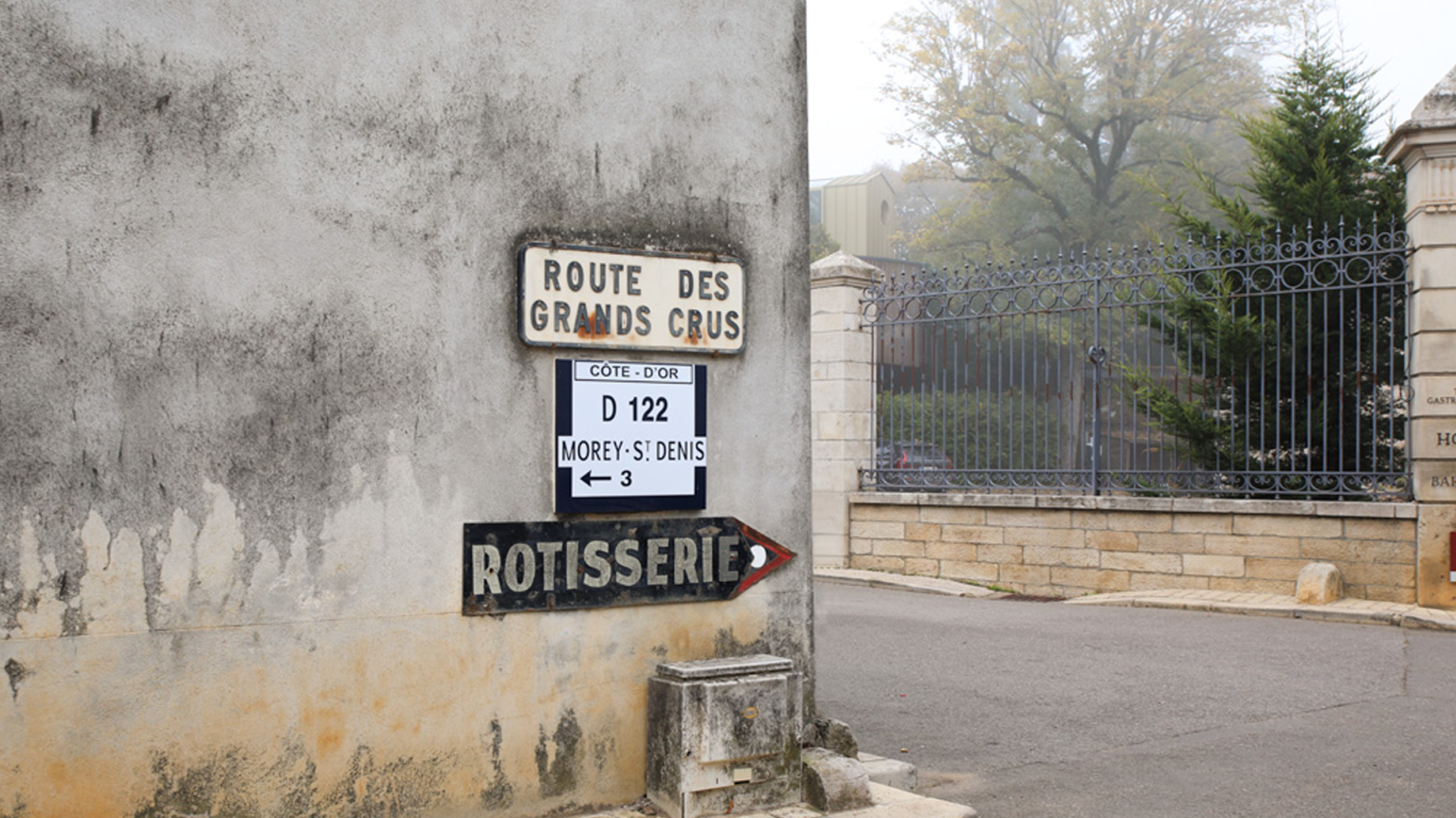Reports coming in last summer of the long drought that hit Burgundy had many writing off the vintage before it had even been picked. What then turned out to be the earliest harvest on record did nothing to calm those concerns. Many of the vignerons themselves were concerned about how the wines from this unique growing season would turn out.
Preceding one of the most challenging seasons in the region’s history (2021 being beset with frost, rain, disease… you name it, it happened), everyone is looking back at 2020 and wondering what they were worried about.
It is abundantly clear that 2020 produced some magnificent wines, with exceptional balance, freshness and full fruit maturity, yet that also remain very Burgundian in style. There is very little not to like. How it happened is a lot less clear, but we heard plenty of theories, that – while not completely consistent – go at least some way to explaining the vintage. While the vignerons don’t know for sure why the wines turned out the way they did, how they got there is by the by: these are extraordinary wines.
Tasting the vintage
While we tasted as many wines as we could up and down the Côte d’Or and beyond, due to the complications of the late 2021 vintage, some vignerons were still busy finishing off the harvest when we visited. The late harvest has also impacted the timing of winery work, delaying the racking process, meaning some of the wines weren’t able to be tasted or were in a slightly awkward place. While the breadth of tastings was therefore a little more limited than usual (with more analysis to follow), we still came away with a good hold on the vintage.
On the whole, the wines we did taste were brilliant both in white and red, with a little more consistency among the whites. Pinot Noir struggled more with the drought, while the Chardonnay seemed almost unaffected.
Despite the early harvest and slightly contracted growing season, both the whites and reds we tasted were fully phenolically mature. Even though the vines shut down due to the heat, there was no evidence of greenness at all. Some vignerons kept to the traditional 100 days between flowering and harvest – others were down to as little as 90-95 days, with some believing this to be the “new normal”.
Benoît Stehly, winemaker at Domaine Georges Lignier believes that 2020’s drought had the same effect on the grapes you get when fruit is dried. “A dried apricot is both sugary and rich in acidity,” he says. “The dehydration of the berries concentrated the sugar, flavour, fruit and the acidity. It is the reason why the freshness of the 2020s is so good.” He contrasts it with 2018, another “hot vintage” but with more summer rain. “The alcohols were high and the acidity low in 2018 because the vines never shut down.” Bouchard’s Frédéric Weber echoed this. “The grapes’ maturity was stopped by the drought, but this was positive, as there is greater natural acidity and natural freshness to the wines.”

The expanded range at Alvina Pernot in 2020, a range of taut and mineral Chardonnays
The whites
The white wines we tasted were exceptional – with fantastic balance, great acidity and wonderful concentration, but moderate alcohol levels, when compared to the more exuberant 2019 and 2018 whites. So many vignerons were keen to point out the low pH levels and very high concentration of tartaric acid – reminiscent of the 2014s, but these wines have so much more flesh too, making them easy to enjoy already. They are less skinny and austere than the 2014s, yet have the energy and equilibrium to age beautifully. What is not to like?
Guillaume Boillot at Henri Boillot highlighted the salinity and dry extract in the whites, making them “hyper dynamic and balanced”. He noted that the acidity is thanks to the vines shutting down – something which only happened to the Chardonnay. Frédéric Weber explained that the Chardonnay resisted the heat better, having very high tartaric levels and a pH that is the lowest since 2014 (at 3.1-3.2), creating classic wines. “The balance is perfect,” he said.
As Olivier Lamy (Domaine Hubert Lamy) and Francine Picard (Au Pied du Mont Chauve) pointed out, the picking date was key for the whites, as the grapes were ripening very quickly – gaining around 1% potential alcohol in just two days. From our tastings, however, everyone seemed to get this right.
Producers were particularly happy to have full cellars when it came to whites – with many coming close to the legal maximum in terms of production. Michel Pernot (Domaine Paul Pernot) feels that the generous yield was key to the fruit not being over-ripe, adding that in 2003 the yield was half of that in 2020 – and therefore overly concentrated and cooked.
For Michel's daughter Alvina Pernot, it’s the best vintage she and her husband Philippe Abadie have made to date. Michel echoes the sentiment, saying it was simply “magnifique”. From what we’ve tasted, they’re excellent: vibrant wines that are a little more generous than 2014, but with brilliant precision and ageing potential.

Amongst the vines in Chambertin Clos de Bèze
The reds
The variation in picking times for Pinot Noir emphasised how different parcels matured differently – whether due to microclimate, location, rootstock or access to water. It accentuated just how varied Burgundy’s landscape is, as well as vignerons’ own tastes. Charles van Canneyt (Domaine Hudelot-Noëllat) remarked that people were picking Pinot in the same vineyard up to a month apart. With moderate alcohol levels from all but a few producers, it certainly wasn’t racing sugar levels that forced an early harvest, but that the season started early and stayed so right through to harvest. It was down to the vignerons to dictate the style of their wines.
In the Côte de Nuits, there were local rain showers in early August which Erwan Faiveley believes favoured the Pinot Noir particularly in Nuits-Saint-Georges, Chambolle-Musigny and Vosne-Romanée. This rain in early August, he believes, not only refreshed the vines but stopped the vines shutting down – helping with the phenolic development of the grapes and increasing the sugar levels, which resulted in higher alcohols, concentration and added freshness.
Others around Vosne and Chambolle were grateful for a later rain shower on 28th August, which Lamarche, Hudelot-Noëllat, Gros Frère & Soeur and Georges Noëllat all believed was essential in pushing the grapes through to full phenolic maturity and providing the wines with added finesse. Again, the proof was in the pudding and the wines from Georges Noëllat, Hudelot-Noëllat and Lamarche were easily some of the finest we tasted.
Up in Gevrey-Chambertin and Morey-Saint-Denis, the likes of Duroché, Tortochot, Georges Lignier and Domaine des Lambrays all chose to pick before the rain. Again, there was no concern here regarding greenness, with exceptional fruit concentration and clarity. Pierre Duroché believes his 2020s to be the densest wines he has ever made, but balanced with amazing acidity. It is certainly an exciting line-up.
All in all, there’s more of a range in styles among the reds. In general, the fruit sits more in the red than black spectrum, bright and crunchy, with vibrant acidity and alcohol levels that tend to be closer to 13-13.5% (around 1% less than 2019 in many places). As Charles van Canneyt noted, it’s more classic than 2018 or ’19, while Nicole Lamarche praised the finesse and elegance of the year – something that certainly comes through in her wines.
Producers are divided as to whether they prefer 2020 or 2019, although the majority consider 2020 the greater year. David Duband describes it as “fresher, straighter, more serious” than 2019, while Nicolas Potel (Domaine de Bellene) thinks it’s easily in the top five vintages he’s ever made, and will prove more homogenous than its predecessor.
Cyril Audoin in Marsannay and Nicolas Potel both highlighted that it was a vintage that will always be open. While undoubtedly the wines have everything needed for cellar ageing – beautiful balance, silky tannins, vibrant acidity and the necessary concentration – they are already very appealing, and seem unlikely to shut down in bottle.

Calm in the light-filled winery at Faiveley
In the winery
So, how did producers adapt to the year in the winery? Guillaume Boillot said it was “easy” – and he wasn’t alone, especially in the wake of 2021.
Due to the year’s dry conditions, the fruit was so healthy that vignerons didn’t even need to use a sorting table. Because the fruit was harvested in such hot temperatures though, many highlighted the need to pick only in the mornings and in some instances to chill the fruit overnight (as is commonplace in the New World, and becoming more so in Burgundy).
Whether or not to use whole-bunch fermentation divided Pinot Noir producers (again). For some producers – such as Duband, Domaine de la Romanée-Conti and Dujac – whole-bunch is part of their style, and will use a high proportion every year.
For others, there is debate. Cyril Audoin de-stemmed everything, feeling that the ripening season was too short in 2020 to allow for full lignification (ripening of the stems). Erwan Faiveley agreed, noting that the way maturity was blocked in the height of summer prevented the stems lignifying. On the other side of the argument, vignerons such as Benoît Stehly at Georges Lignier saw lignification in the stems as early as July and had no concern using them in the blend to add complexity. Even domaines known for not using stems – such as Fourrier – used up to 20% in their blends in 2020. For Fourrier, the aim was to absorb colour and tannin, and add a sense of freshness.
The lower alcohol levels made the vinifications generally easy to manage, however the high level of tannin in the Pinot Noir required special care – with many, as for 2019, looking to extract more gently. Frédéric Weber at Bouchard reduced the maceration time to compensate, while Charles van Canneyt opted for more pump-overs than punch-downs. The natural concentration in the berries saw Domaine Georges Noëllat’s Maxime Cheurlin do everything he could to “make the wines thinner”. This meant a 10-12 day cold soak, less extraction and cooler fermentation temperatures (with a maximum 29˚C) – fortunately it worked and the wines remain remarkably ethereal.

Vintage comparisons
Many vignerons struggled to find a direct comparison for 2020. While the growing season is closest in character to 2003, there is almost universal agreement that the wines (both Chardonnay and Pinot Noir) taste nothing like the ’03s. The whites’ tartaric acid and pH levels make a nice comparison with 2014 but they have so much more richness too, which brings added impact.
Frédéric Weber notes how despite the warmness of the year, there is tremendous terroir transparency from one vineyard to the next – a real signal for him of a great vintage. In this respect it resembles 2016, but with added concentration. “The Pinots from 2017 and 2019 are soft, aromatic, round and warm in the mouth,” he says, “but the 2020s and 2016s have tension, brightness and are full of energy.” Several noted the similarity in fruit clarity to 2015, but with added freshness.
While some compare it to 1947, Nicolas Potel – a man with an encyclopedic knowledge of Burgundy vintages – finds it closer to 1966, with a little 2019. “Big, but with great balance,” he explains. While there’s no obvious precedent, producers agree that the wines have great ageing potential thanks to the rich tannins and high acidity levels.
Yields and pricing
While Chardonnay didn’t fare too badly in 2020 (making white winemakers in the Côte de Beaune particularly happy), Pinot Noir did suffer in the drought. Yields are therefore reduced by up to 40%, depending on the domaine. Of course, this seems like nothing to producers after the just-picked 2021 – where producers have been able to salvage as little as 20% of a normal crop. This does mean that most wines will be increasing in price this year, with around 10-30% estimated. With so little wine made in 2021, however, and the exceptional quality of 2020, this is a vintage that is hard to miss.
The vintage in summary
A vintage of outstanding quality
Whites very slightly edge the reds, with more consistency
Despite being a warm year, wines show vibrant acidity and good terroir expression
Yields reduced by up to 40%, with Pinot Noir more impacted than Chardonnay
Prices will be up (around 10-30%) due to the year’s low yields, and the almost catastrophic levels seen in 2021

